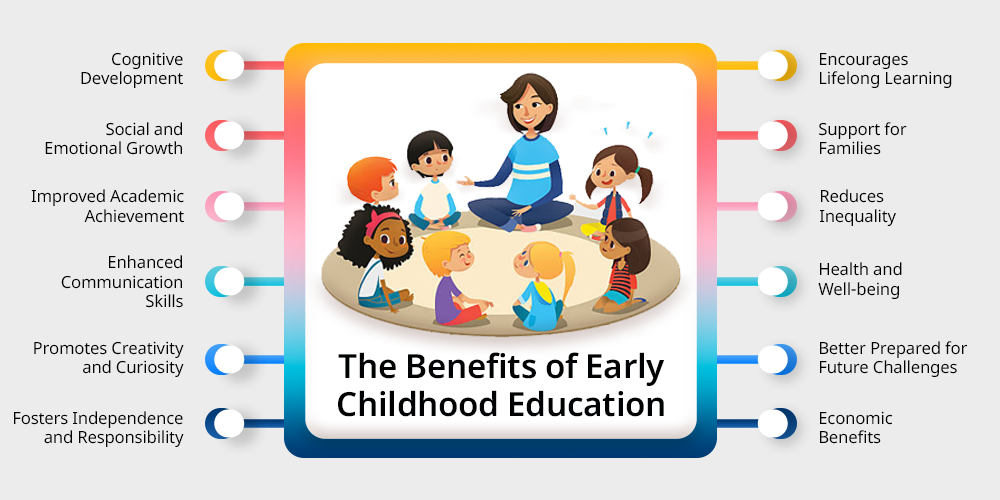1. Introduction
Across the UK and worldwide, the age at which young people can leave school has shifted. With economies demanding higher skill levels, most regions now require students to remain in education or training until 18. This article brings together expert insights, legal frameworks, student experiences, and practical advice to explain why this policy matters and what it means for students, families, and society.
2. Legal Frameworks Around School Leaving Age
Northern Ireland
- Historically: school leaving age was 16 (since 1972).
- Proposed reform (2024): Education Minister Paul Givan plans legislation requiring education or training until 18.
- Students can choose between school, Further Education (FE) colleges, or apprenticeships.
England
- The Raising of the Participation Age (RPA) law (2013) made education/training compulsory until 18.
- Students can:
- Stay in school or sixth form.
- Move to college for A Levels, T Levels, BTECs, or IB.
- Start an apprenticeship.
- Work/volunteer 20+ hours with part-time study.
Scotland and Wales
- Minimum leaving age: 16.
- No post-16 compulsory participation (though Welsh think-tanks advocate for raising it).
International Perspectives
- United States: most states require schooling until 16 or 17; some mandate 18.
- Canada: varies by province (16–18).
- Australia: schooling compulsory until 16 or 17 depending on the state.
- Europe: ranges from 16–18.
3. Why Education Until 18 Matters

- Employability & Life Chances: More education = higher employability.
- Economic Impact: Reduces risk of unemployment, boosts productivity.
- Poverty Reduction: Tackles cycles of deprivation.
- Personal Growth: Builds critical thinking, confidence, teamwork, and social mobility.
4. Options for Students Post16

- Full-Time Education:
- A Levels (academic route).
- T Levels (vocational, equivalent to 3 A Levels).
- International Baccalaureate (broad academic program).
- BTECs and Functional Skills (applied and flexible).
- Apprenticeships: Work while learning; thousands of options including degree apprenticeships.
- Traineeships: Skills-focused programs to prepare for work or apprenticeships.
- Part-Time Study with Work: 20+ hours of employment/volunteering + 280 GLH part-time education.
- Supported Internships (SEN): For ages 16–24 with Education, Health and Care (EHC) plans; tailored, work-focused support.
5. Consequences of Leaving Education Early

- Career Limits: Fewer job opportunities, especially in high-skill sectors.
- Lower Earnings: Lifetime income significantly reduced.
- Unemployment Risks: Higher rates among early leavers.
- Social & Emotional Effects: Missed opportunities for growth, isolation, lower confidence.
- Legal/Financial Impacts: Families may lose Child Benefit and face penalties if students are NEET (Not in Education, Employment, or Training).
6. Challenges and Criticisms

- Funding Barriers: Apprenticeships and placements often underfunded.
- Additional Needs: SEN students may struggle with rigid qualification requirements.
- Inequality: Poverty pushes some teens to work early.
- Mental Health: Some find compulsory education overwhelming or unsuitable.
7. Alternatives and Support Systems

- Vocational Training: Practical skills leading to direct employment.
- GED/Equivalency (US): Alternative route for high school dropouts.
- Homeschooling/Online Learning: Flexible options for unique needs.
- Government Support: Local councils and National Careers Service in UK provide advice and guidance.
8. Voices from Students Teachers and Parents

- Students: Some feel forced to work for family income; others welcome extra time in school.
- Parents: Concern over SEN challenges, costs, and mental health.
- Teachers: Stress need for systemic reform, not just age requirements.
Practical Guidance

- Seek career counseling early.
- Clarify long-term goals before leaving education.
- Apply for financial aid: bursaries, allowances, PIP, Carer’s Allowance, Universal Credit (where eligible).
- Build confidence & skills through part-time jobs, volunteering, or vocational training.
Table of Contents:
Conclusion
Introduction
Legal Frameworks Around School Leaving Age
Northern Ireland
England
Scotland and Wales
International Perspectives (US, Canada, Australia, EU)
Why Education Until 18 Matters
Life Chances & Employability
Reducing Poverty and Unemployment
Personal Growth and Social Development
Options for Students Post-16
Full-Time Education (A Levels, T Levels, BTECs, IB)
Apprenticeships and Traineeships
Part-Time Education with Work or Volunteering
Supported Internships for SEN Students
Consequences of Leaving Education Early
Limited Career Opportunities
Financial and Lifetime Earnings Impact
Social, Emotional, and Developmental Risks
Legal and Family Benefit Implications
Challenges and Criticisms of Compulsory Education to 18
Funding Concerns
Students with Additional Needs
Poverty and Inequality
Mental Health and Engagement Issues
Alternatives and Support Systems
Vocational Training and Work-Based Pathways
GED/High School Equivalency (US Context)
Flexible Learning Options (Home-Schooling, Online)
Government and Local Council Support
Voices from Students, Teachers, and Parents
Teen Perspectives on Needing to Work
Concerns Over Funding Apprenticeships
Teachers Highlighting Systemic Failures
Parents’ Struggles with SEN and Mental Health Cases
Practical Guidance for Students and Families
Career Counseling and Advice Services
Exploring Long-Term Goals
Financial Support (Bursaries, Benefits, Allowances)
Building Confidence and Skills Outside Traditional Classrooms
Conclusion:
Staying in education or training until 18 is more than just a legal requirement—it’s an investment in future opportunities, financial stability, and personal growth. While challenges exist, especially for disadvantaged and SEN students, pathways such as apprenticeships, T Levels, and supported internships provide flexible options. Ultimately, completing education until 18 opens more doors and reduces long-term risks of unemployment and poverty.